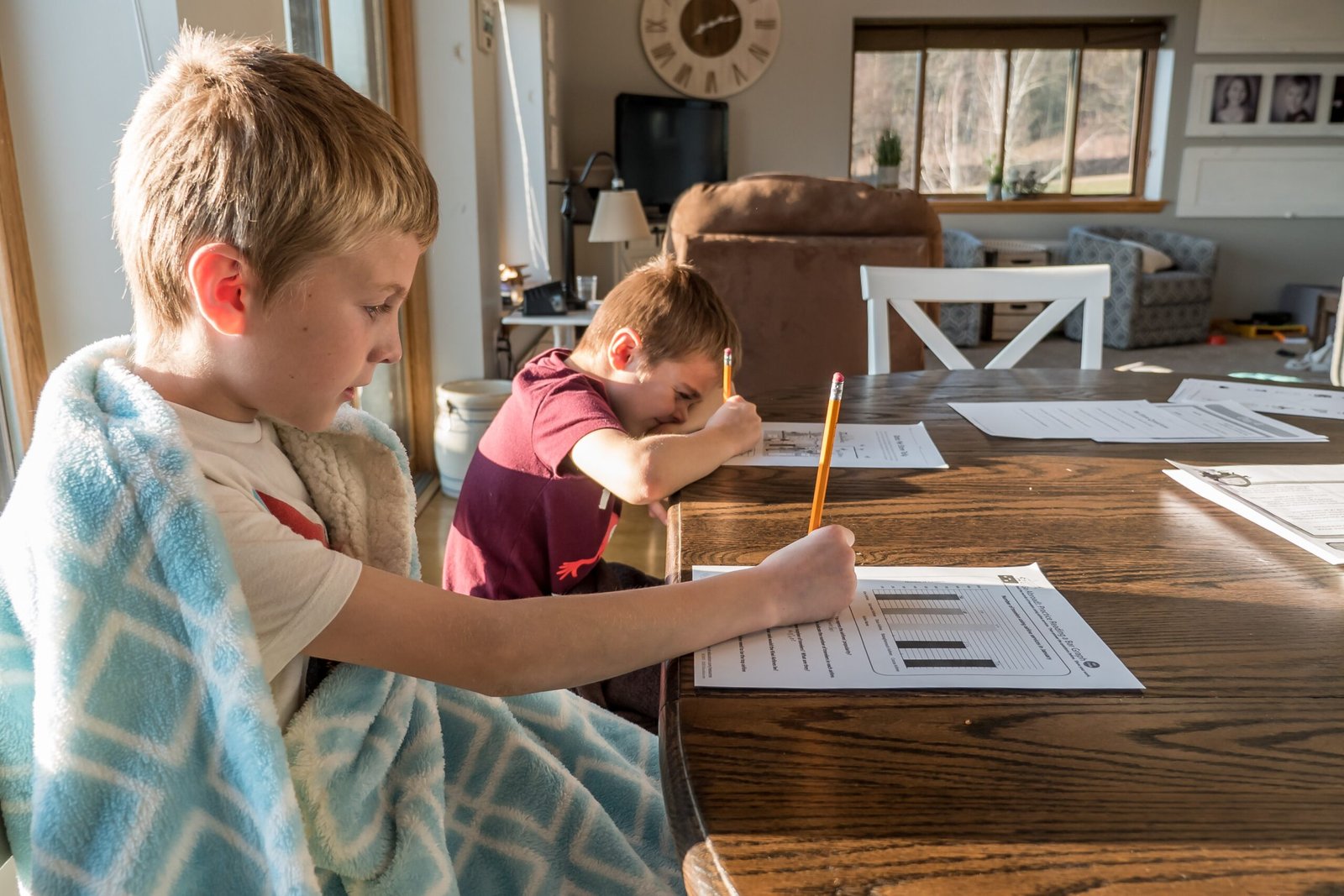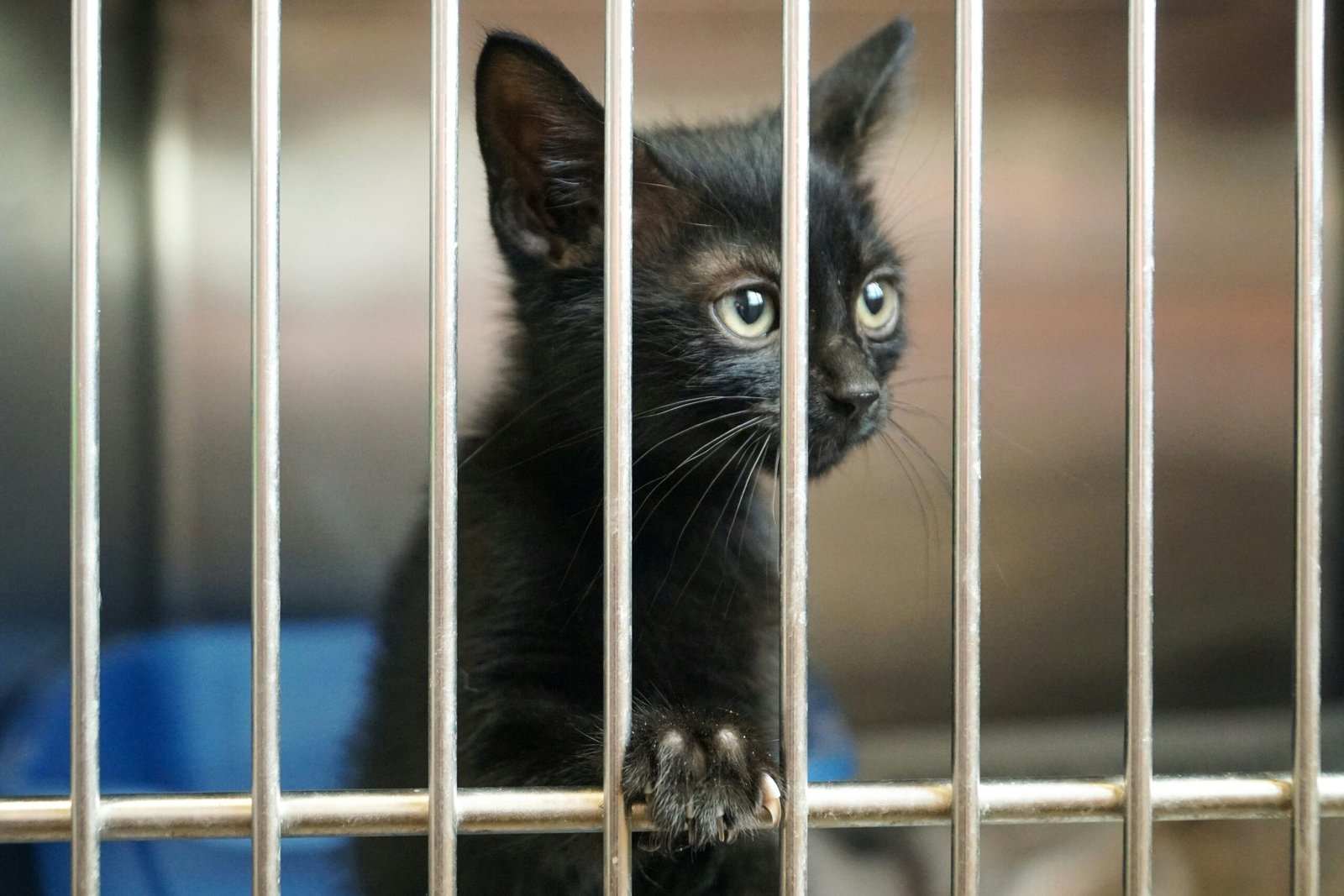Introduction
Stories have always been a powerful way to connect with others, to pass down knowledge and traditions, and to create a sense of belonging. In today’s fast-paced world, where technology often takes center stage, it is more important than ever to preserve and share our family stories. Creating a family narrative not only allows us to celebrate our shared history but also provides a foundation for future generations to understand and appreciate their roots.
The Importance of Family Stories
Family stories are like a thread that weaves through generations, connecting us to our past and guiding us into the future. They provide a sense of identity, helping us understand where we come from and who we are. Family stories can also teach valuable life lessons, passing down wisdom from one generation to the next.
By sharing our stories, we create a sense of belonging and strengthen the bonds between family members. It allows us to celebrate our triumphs, learn from our failures, and find comfort in knowing that we are part of something greater than ourselves.
Preserving Family Stories
Preserving family stories can be done in various ways, depending on personal preferences and available resources. Here are a few suggestions:
- Oral Tradition: One of the most traditional ways of passing down family stories is through oral storytelling. Gather your family members and encourage them to share their memories and experiences. Record these conversations to preserve them for future generations.
- Written Records: Keeping a written record of family stories is another effective method. Create a family journal or diary where each member can contribute their own stories and reflections. This can be a physical book or an online platform.
- Photographs and Videos: Visual media such as photographs and videos are powerful tools for preserving family stories. Organize family photo albums, create digital archives, and record videos of family events and gatherings.
- Genealogy Research: Delving into your family’s genealogy can uncover fascinating stories and connections. Researching your family tree and documenting the stories of your ancestors can provide a rich tapestry of your family’s history.
- Family Reunions: Family reunions are an excellent opportunity to share and collect stories. Organize activities that encourage storytelling, such as open mic sessions or themed discussions.
Sharing Family Stories
Once you have preserved your family stories, it’s time to share them with your loved ones and future generations. Here are some ways to do so:
- Storytelling Events: Organize storytelling events within your family or community. Create a space where family members can come together and share their stories in a supportive and engaging environment.
- Family Website or Blog: Create a dedicated website or blog to showcase your family stories. Include photos, videos, and written accounts to make the stories come alive.
- Social Media: Utilize social media platforms to share snippets of your family stories. Post old family photos, share anecdotes, and engage with other family members and friends.
- Collaborative Projects: Engage your family members in collaborative projects that involve storytelling. This could include creating a family cookbook, compiling a collection of letters or poems, or even producing a short film about your family’s history.
- Personalized Gifts: Consider creating personalized gifts for your loved ones that incorporate family stories. This could be a photo album, a custom-made book, or a piece of artwork that represents your family’s heritage.
Conclusion
Creating a family narrative is a meaningful endeavor that helps us connect with our past, understand our present, and shape our future. By preserving and sharing our family stories, we create a legacy that will be cherished by generations to come. So, take the time to listen, document, and celebrate the stories that make your family unique. Your efforts will ensure that your family’s narrative lives on for years to come.











